The majestic world of big cats has always captivated human imagination. From the iconic image of the saber-toothed tiger roaming the prehistoric landscapes to the stealthy prowls of modern lions and tigers, these apex predators have evolved magnificently over millions of years. Let’s delve into their evolutionary journey, exploring the transformation and adaptation that have made big cats the formidable creatures we know today.
Ancient Beginnings: The Dawn of Big Cats
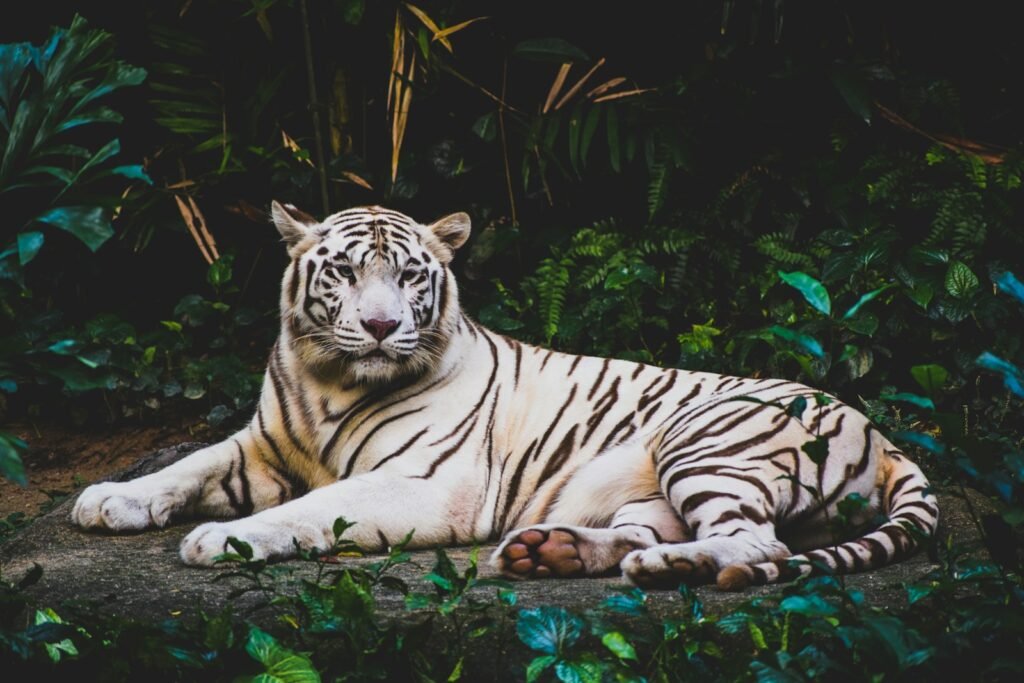
The evolution of big cats traces back to the mid-Miocene period, around 20 million years ago. This era saw the emergence of the Felidae family, which would eventually branch into various subfamilies. One of these subfamilies, the Machairodontinae, gave rise to the famous saber-toothed cats. These early predators were distinguished by their elongated canine teeth, a feature that allowed them to efficiently hunt large herbivores of their time.
The Rise of the Saber-Toothed Tiger
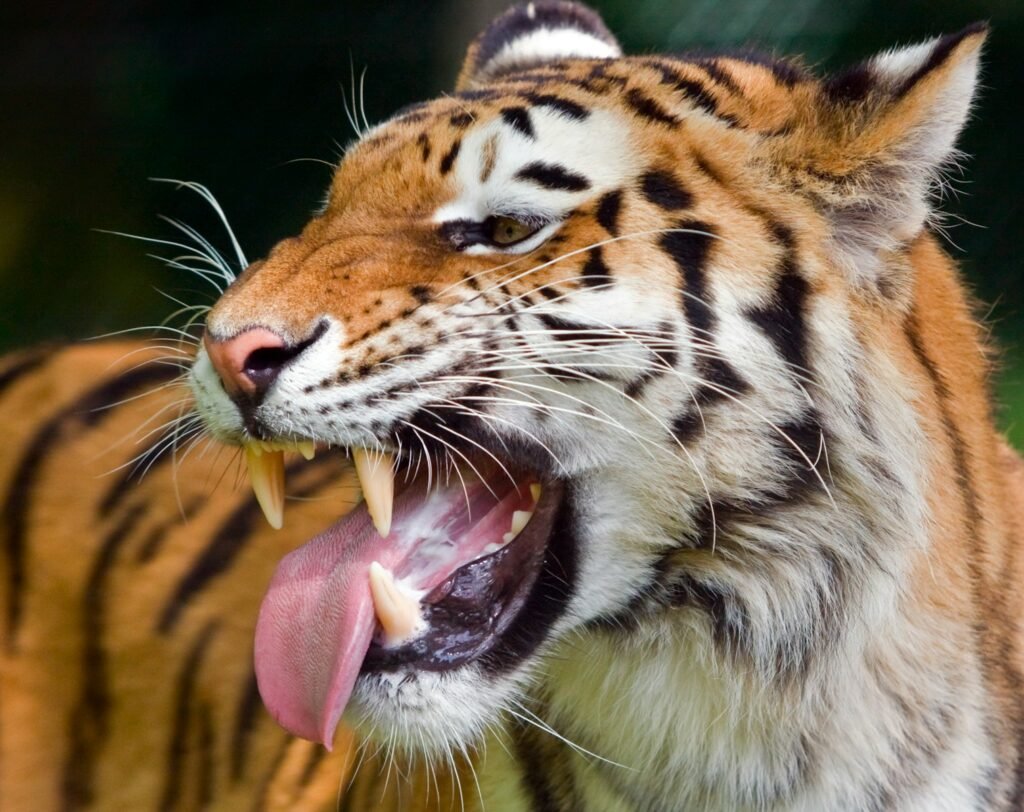
The most renowned of the saber-toothed cats was the Smilodon, commonly referred to as the saber-toothed tiger. Despite its name, the Smilodon was not an ancestor of today’s tigers. These impressive predators roamed North and South America, equipped with powerful forelimbs and distinctive saber-shaped teeth. Their robust build and hunting prowess were well-suited to their environment, enabling them to take down large prey like mammoths and mastodons.
Adapting to Change: The Extinction Event
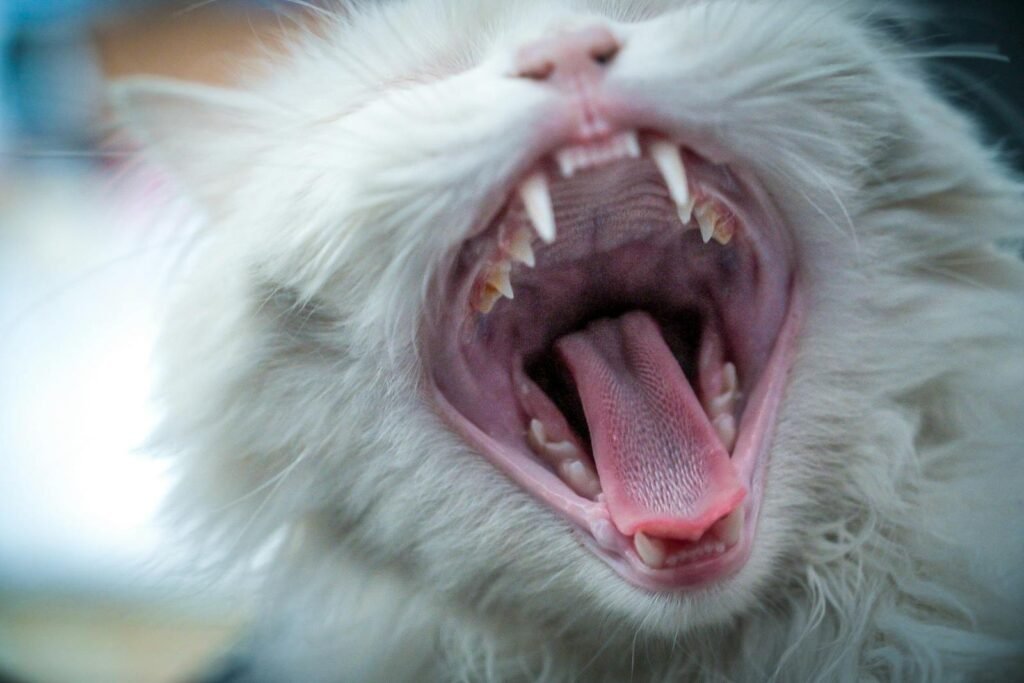
The end of the Pleistocene epoch, approximately 11,000 years ago, marked a significant turning point. As climates shifted and ecosystems transformed, many large herbivores vanished, leading to the extinction of the saber-toothed cats that depended on them for sustenance. This extinction event paved the way for the radiation of other, more adaptable big cat species that we see today.
Modern Big Cats: The Panthera Lineage
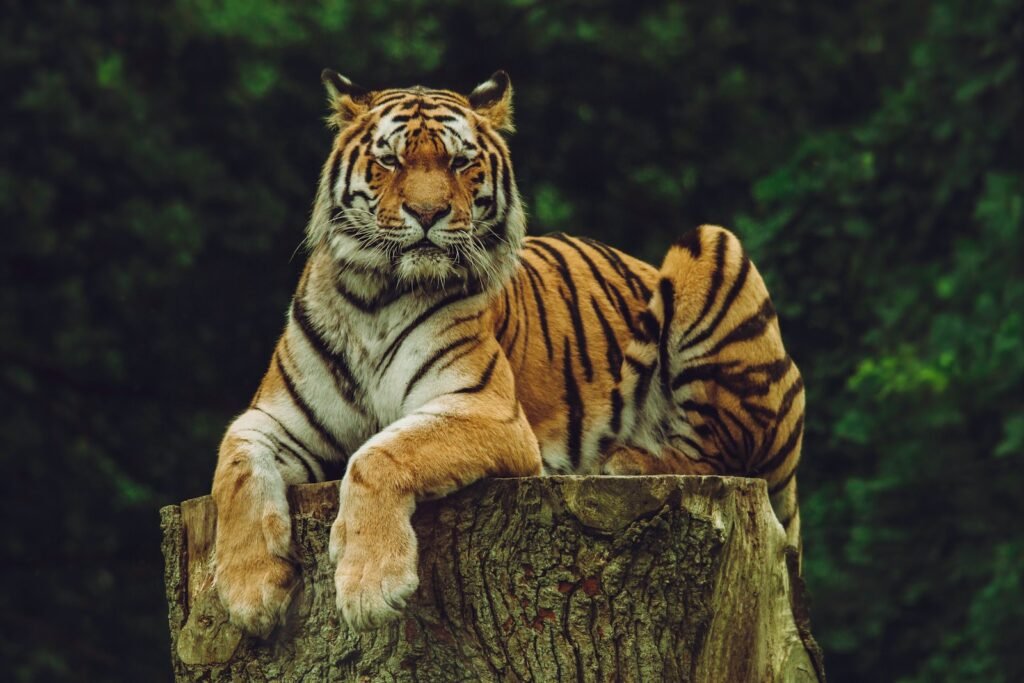
Following the extinction of their saber-toothed relatives, modern big cats evolved into the Panthera genus, characterized by a more generalized anatomy. This includes the lion, tiger, leopard, and jaguar, all of which exhibit unique adaptations that optimize them for survival in diverse environments. Their evolution has been driven by the need to exploit various ecological niches, allowing them to thrive across continents.
The Mighty Lion: Social Structures and Techniques
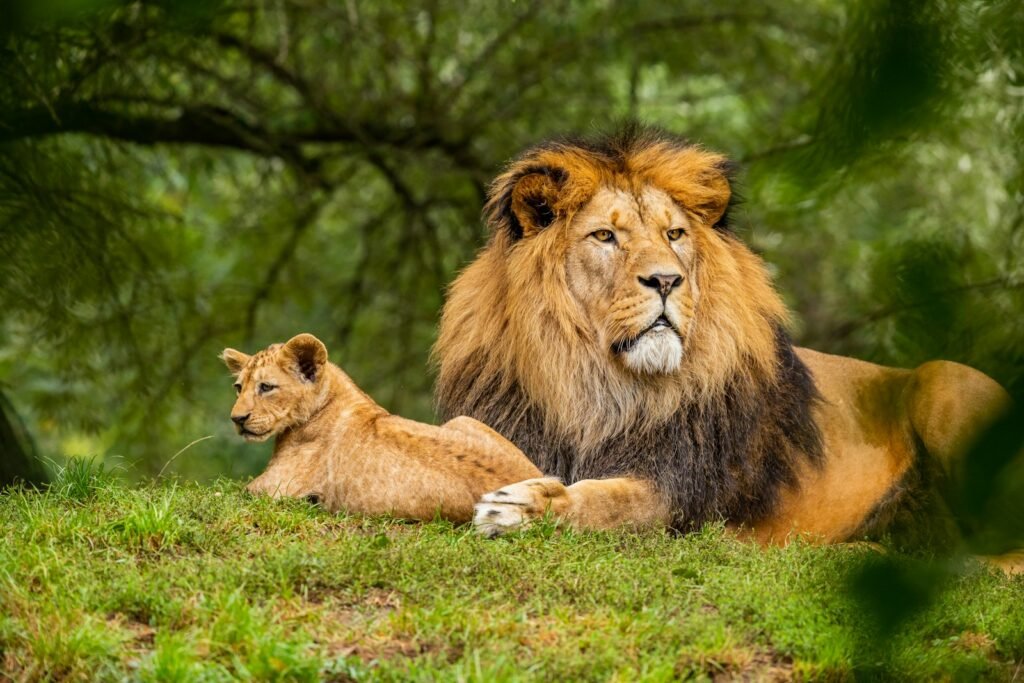
Lions, often known as the “king of the jungle,” are unique among big cats for their social structure. Living in prides, these cats have developed cooperative hunting techniques and complex social bonds. Their mane, a standout feature in males, serves as a visual display of dominance and vigor.
Tigers: Solitary Hunters of the Dense Jungle
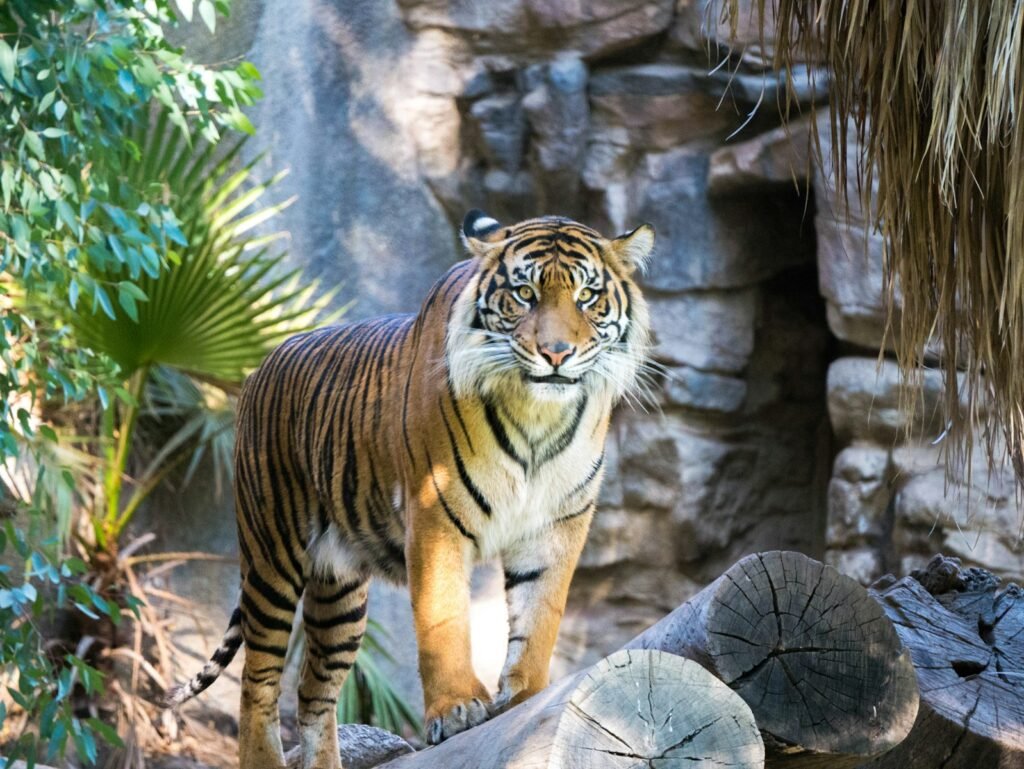
In contrast to lions, tigers are solitary by nature. Preferring dense forests and swamps of Asia, these cats are exceptional swimmers, often seen prowling silently through their territories. The tiger’s striped coat not only serves as camouflage in their shadowy habitats but also helps them ambush unsuspecting prey.
Leopards: Masters of Stealth and Adaptation

Leopards are renowned for their adaptability and opportunistic hunting strategies. Found across Africa and parts of Asia, they can thrive in a variety of habitats, from arid deserts to lush rainforests. Their spotted coats offer unrivaled camouflage, allowing them to blend into almost any environment and ambush prey with precision.
Jaguars: The Apex Predator of the Americas
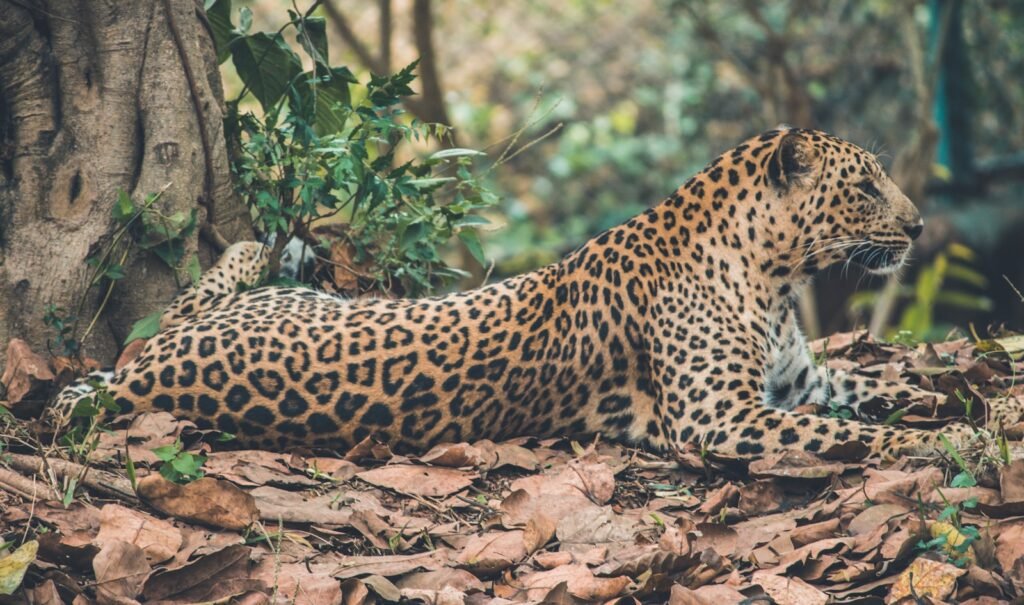
Jaguars, the only Panthera species native to the Americas, possess a powerful bite capable of puncturing skulls and shells. This trait allows them to effectively hunt armored reptiles like turtles and caimans. Primarily found in rainforest habitats, jaguars are adept swimmers and climbers, offering them an advantageous position in their intricate ecosystems.
The Role of Big Cats in Ecosystems
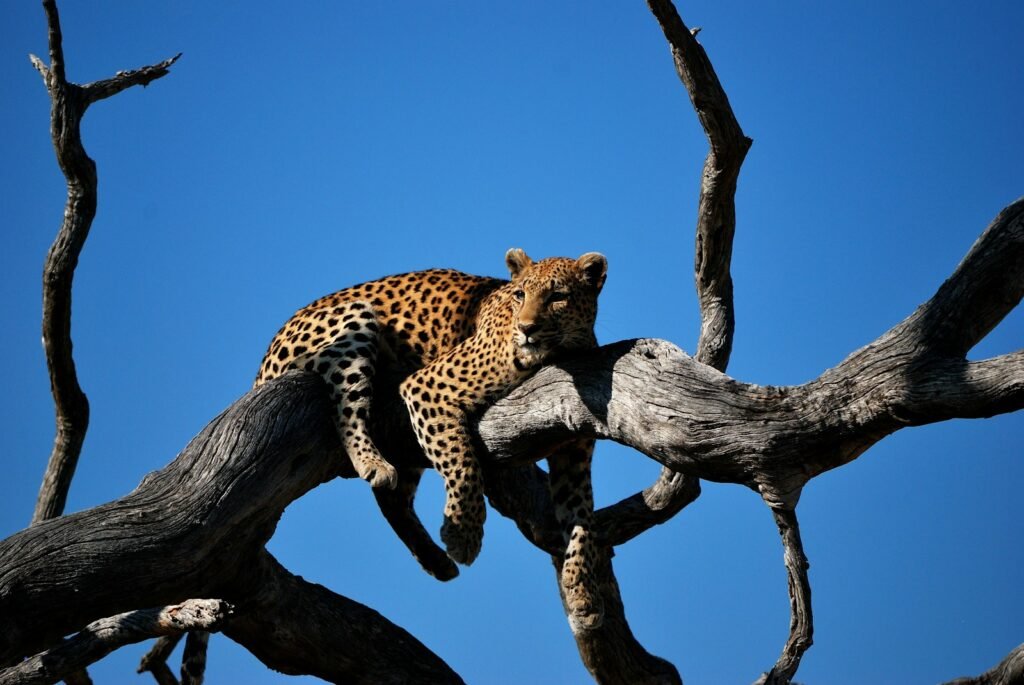
As apex predators, big cats play a vital role in maintaining the balance within their ecosystems. By controlling prey populations, they help regulate biodiversity, ensuring that vegetation and smaller animal species remain stable. Their presence indicates a healthy, functioning ecosystem, highlighting their importance beyond just their stature and power.
Conservation Challenges
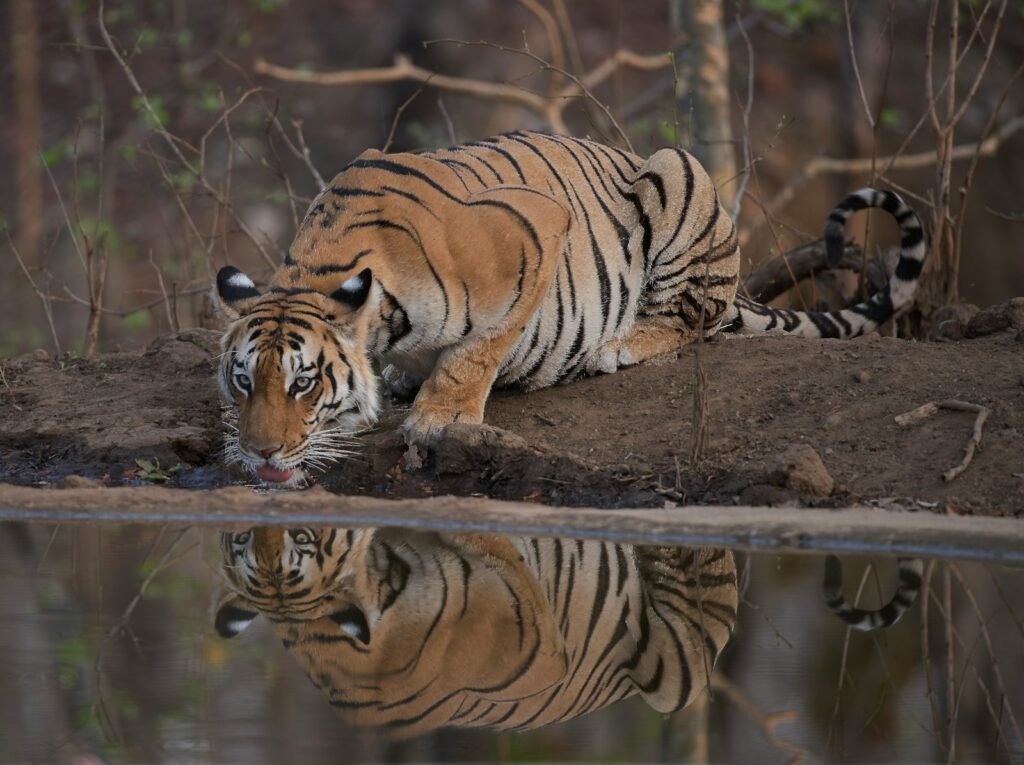
Despite their resilience and adaptability, modern big cats face numerous threats from human activities. Habitat loss, poaching, and climate change significantly impact their populations. Conservation efforts are crucial in protecting these species, focusing on preserving habitats, enacting anti-poaching laws, and increasing global awareness of their plight.
Future of Big Cats: Coexisting with Humans

The survival of big cats largely depends on finding harmonious ways for them to coexist with human populations. This involves community engagement, sustainable practices, and innovative conservation strategies that factor in the needs of local people while prioritizing the protection of wildlife. Through global cooperation and commitment, there is hope for preserving these magnificent creatures for future generations.
In conclusion, the evolutionary journey of big cats is a testament to nature’s adaptability and resilience. From the formidable saber-toothed cats that once roamed prehistoric lands to the majestic lions, tigers, and leopards of today, these predators continue to inspire and fascinate. Understanding their evolution, ecological significance, and the conservation challenges they face is pivotal in ensuring their survival and a balanced natural world.

Growing up traveling and experiencing new cultures and wonders, I have had a passion for nature, adventuring, photography, and videography. I am currently working towards a BSc in Biodiversity and Ecology at Stellenbosch University, and I hope to specialise in Marine Sciences one day.
Please send any feedback to Feedback@animalsaroundtheglobe.com






